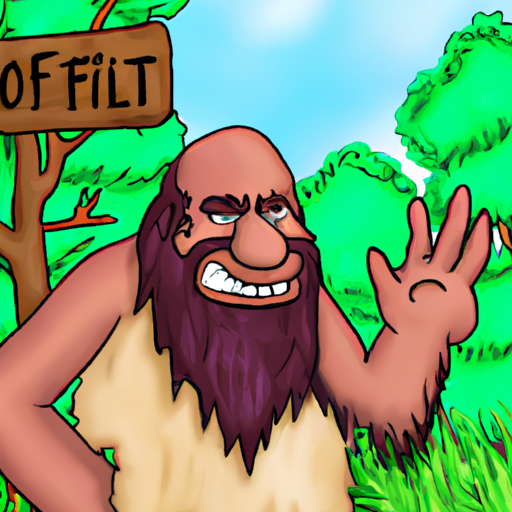 In a remote area of Carroll County, Ohio, a witness named Betty Russell reported a sighting of a large bipedal being on a dark, rural road. The creature, described as around 9 feet tall with long wavy hair, quickly disappeared over a guard rail.
In a remote area of Carroll County, Ohio, a witness named Betty Russell reported a sighting of a large bipedal being on a dark, rural road. The creature, described as around 9 feet tall with long wavy hair, quickly disappeared over a guard rail.
The witness met with an investigator shortly after the sighting, who noted the lack of physical evidence in the area. The sighting occurred near the Leesville wildlife area and the Buckeye Trail, adding to a pattern of sightings near prominent landmarks and trails.
As a professional cryptozoologist, I find the witness to be credible and the location of the sighting intriguing. The use of trail cameras in strategic choke points along trails may offer a potential method for capturing evidence of elusive creatures like Bigfoot.
NEAREST TOWN: Perrysville [the Perrysville in Carroll County, not the Perrysville near Mohican]
OBSERVED: My name is Betty Russell. I live in Carroll County Ohio. I was driving home on 2/6/2024. It was about 8:30 pm. It was very dark, no street lights. It’s in the country. I was going west on Autumn rd when I just crested the top of the hill and it was in the middle of the road . It was a very large bipedal being. It had long wavy hair. There was leaves and possibly small twigs in its backside. It had very broad shoulders and was brown in color. It took 1 step to the guard rail with it right leg and was over the guard rail with its left and was gone.
TIME AND CONDITIONS: It was late evening. About 8:30 pm
I met with the witness 16 hours after the sighting occured. The sighting took place on a very hilly, rural ridgeline road. Her car crested a hill that turned down and to the left. As the cars headlights came down they illuminated a tall, brown bipedal creature in the middle of the road. Due to the dangerous declining curve the road took, she was only able to see it’s movement from the road until it disapeared over the guard rail.
What she saw in that short time was a creature that was around 9 feet tall with long wavy brown hair, that took one step to get out of the middle of the road before disapearing over the guardrail and out of sight.
The creature did not turn to look towards the vehicle. I would later range the distance at 65 yards. Looking around the area where the sighting occurred, I made the following observations:
Within the last 6 months the highway department had chip and sealed the roadway and cut back the brush 10 – 12 feet from the edge of the road. The chip and seal had been done probably in the Fall, allowing most of the pebbles to move to the roads edge, forming a boundry about 1 foot wide then another 2 foot of grass before the guardrail. The brush trimming had been done more recently, within the last two months.
This area has experienced a very mild winter so far. There has not been any percipitation in the last week, with the temperature highs in the upper 40’s to lower 50’s with lows in the mid 30’s. The brush was cut short with what had grown back was laying flat on top of the ground.
I was not able to find any indication of prints or travel in either material. I climbed on the guardrail and jumped into the grassy area only to have it spring back after I moved showing no indication of what I just did.
The upper side of the road had multi flora rose (briars) at the edge of where the brush was cut. The witness said she noticed what may have been twigs and such in the creatures hair.
Both sides of the road were very steep and had multiple game trails. The ground was solid so I could not find any evidence of any type of animal using them.
I returned to my vehicle and made an approach like the witness did. I noticed a berm to the left of the road that prevented a view of the open cornfield on that side of the road while the right side was wooded. As I crested the hill and made the downward turn to the left, I noticed the view of the road beyond. This crossing point allowed protection from view on one side while being able to observe anything coming from the other direction.
This is a very remote area of farms and oil/gas well pads. Leesville Lake, a part of the Muskingum Watershed Conservatory District that includes lakes such as Salt Fork, Clendenning and Tappan, is less than one mile away. The deep hollars, high ridgelines and low population is very typical of this part of eastern Ohio.
I found this witness very credible along with stories she told me of family members and the history of other reports in this area.
____________________________________________________
Notes from investigator Matt Moneymaker:
This sighting occurred within one mile of the Leesville wildlife area, and more importantly … about 3 miles from the Buckeye Trail.
It’s another report showing a pattern across the county. Sightings in non-mountainous parts of the country tend to happen within a few miles of certain landmarks, as if bigfoots follow these landmarks for long distances. There is a pattern of sightings close to creeks, rivers, electrical power tower pathways, gas line routes, and railroad beds. There is also a pattern of sightings not far from portions of prominent cross-country trails like the Pacific Crest Trail, the Continental Divide Trail, the Appalachian Trail, the Florida Trail and the Buckeye Trail. These hiking trails extended hundreds of miles, avoiding civilization as much as possible, weaving through the most scenic greenbelts and/or along parts of terrain affording spectacular views.
The sightings don’t happen right on these trails, but rather within a few miles of them. Bigfoots likely use these greebelt paths to reach favored habitat areas. Deer herds may also use these pathways to reach their favored habitat areas.
The tip from this pattern: At certain points along these trail routes there will be choke points, where everything has to pass through a corridor less than 20 feet wide, like on a bridge. Deer and bigfoots are probably not walking right on these trails most of time, but rather paralleling them, until they reach a choke point.
It would be a waste of time to lay in wait with a camera at these choke points, because bigfoots might only pass through them a few times per year. This is where trail cameras would have decent odds if set out for a long time.
Recently in Florida I noticed a sign forbidding the use of trail cameras along a trail in an eco-rich habitat area. That is not the first time I have see a sign like that. I can only guess the concerns raised by cameras along trails … privacy, poaching, etc.
Ohio is certainly the most progressive state when it comes to commercializing its own “paranormal” phenomena — haunted buildings and bigfoot zones. So I am guessing that Ohio (or a particular county within Ohio) will be the first state to accomodate use of trail cameras in permitted places.
If you are not on private land there are only a few ways to prevent theft or tampering with trail cameras: 1) Conceal the cameras so they are not visible to people passing by. 2) Contain the cameras inside something like a “bear box” or “iron horse” — a very sturdy metal box that a bear cannot break into. An “iron horse” is more a common out west. It is a vertical metal post that is hollow inside. When you pay a camping fee, etc., you put cash inside a small envelope then slip the envelope into a slot in the post. A ranger comes by at some point with a key to open the iron horse and collect the envelopes.
A bridge is the ideal choke point for setting up a trail camera, because it is a man-made structure.
Many people incorrectly repeat hearsay that bigfoots can somehow “sense” the presence of trail cameras. Some will even claim it has been “proven” that bigfoots can sense trail cameras. No. Wrong. Bigfoots don’t need to “sense” trail cameras, because they can SEE THEM strapped to the trunks of trees. People who deploy trails cameras strap them to trees very conspicously at head height. They do that because it doesn’t seem to deter deer or most other animals. Bigfoots are not like most other animals though. They would immediately spot a trail camera strapped to a tree while still far away enough to not trigger the camera.
Also, hunters, etc., will position trail cameras right along prominent game trails. Bigfoots don’t walk right along prominent game trails most often. They move parallel to those trails, to observe the deer herds they are shadowing, so bigfoots will be passing behind trail cameras rather than in front of them. Choke points like foot bridges are the exception … but that is not where people typically place trail cameras.
_____________________________________________________
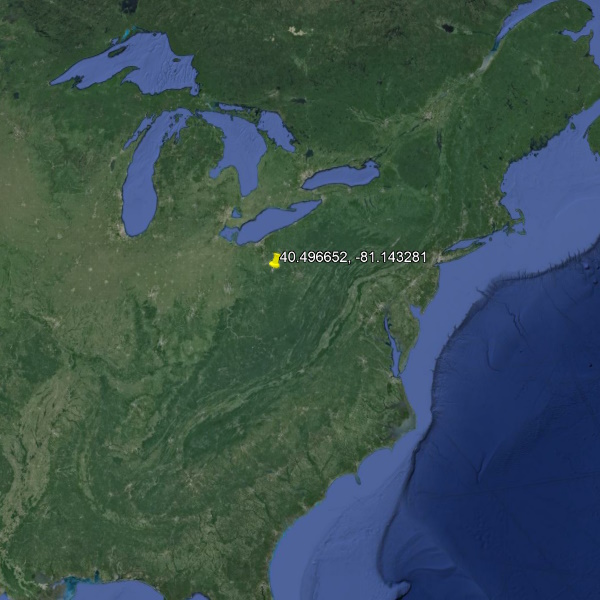
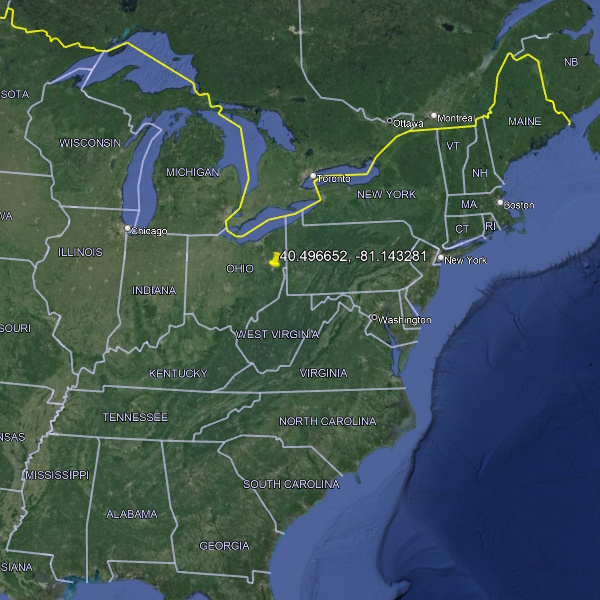
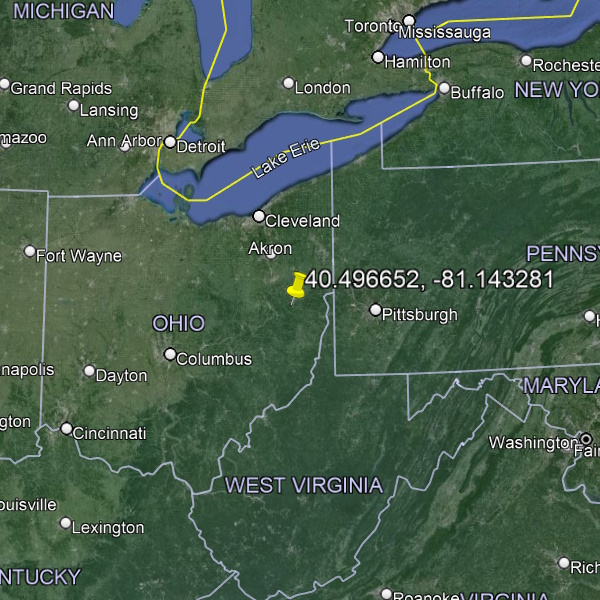
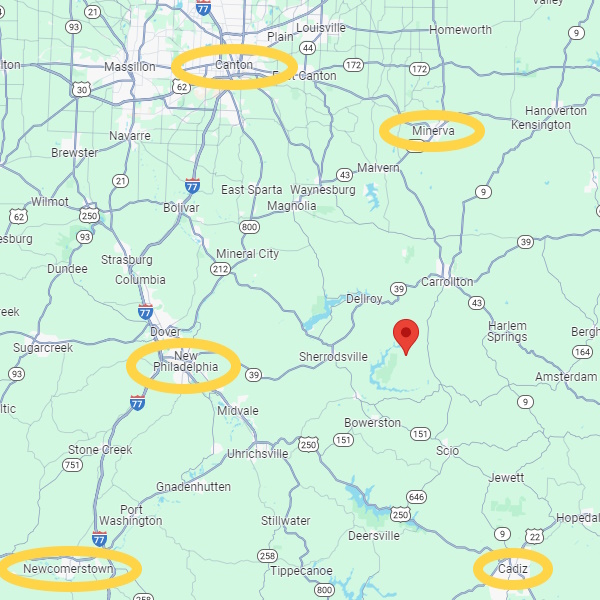
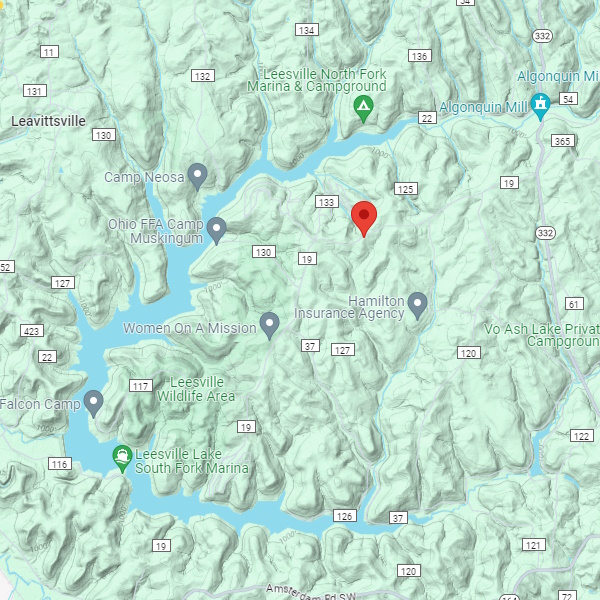
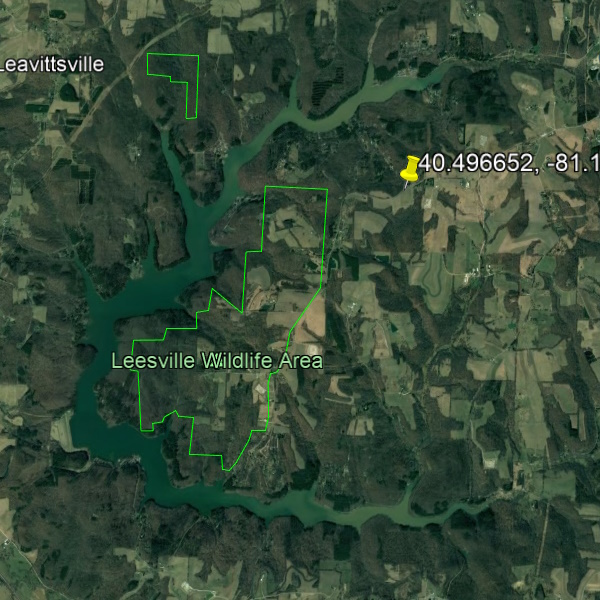
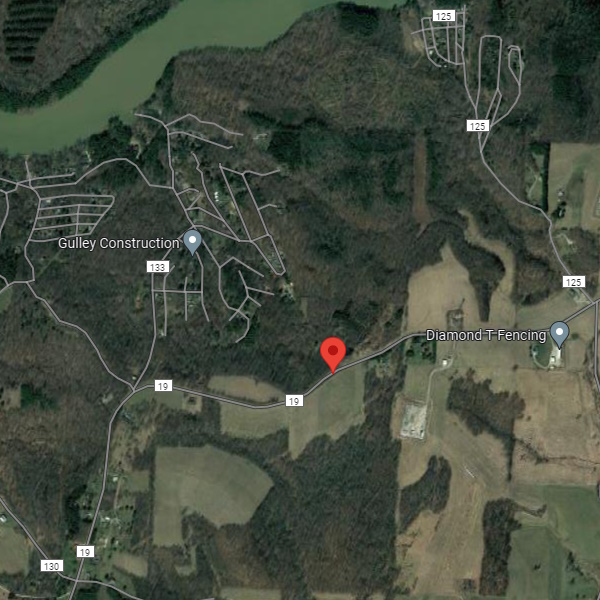
NOTE: About photo below. This is where the creature crossed the road. Betty’s car was roughly 60 yards away when her headlights caught it.
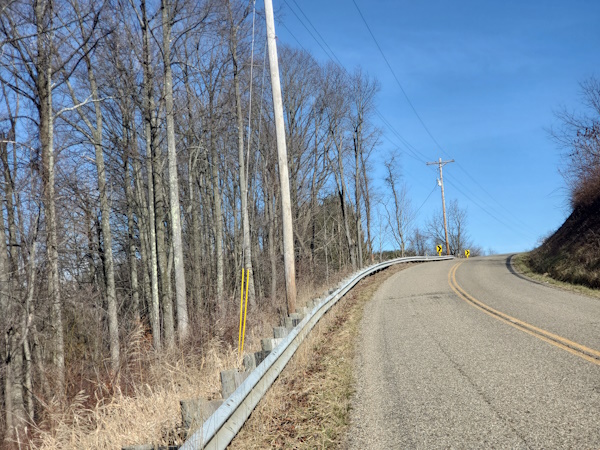
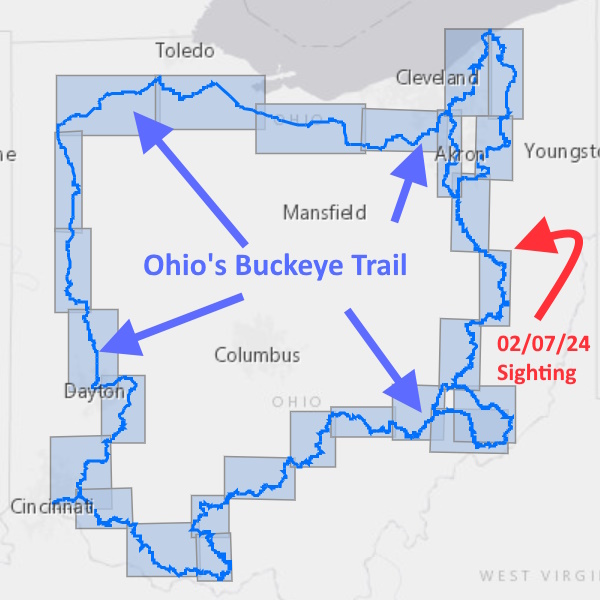
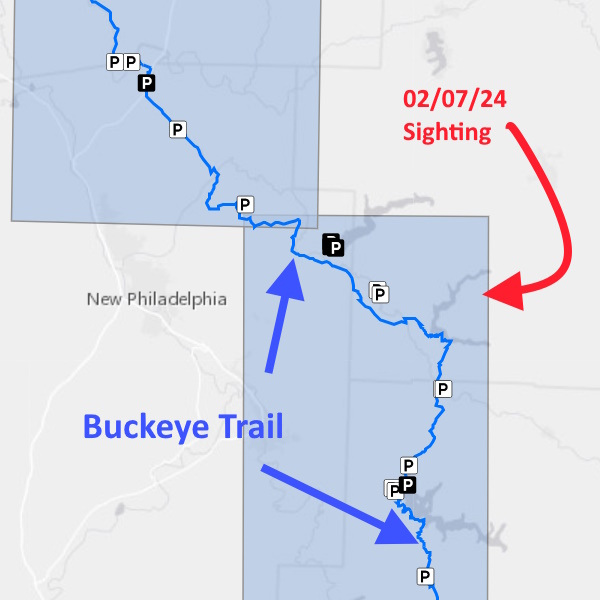
You can read the full report here: http://www.bfro.net/GDB/show_report.asp?id=76924
